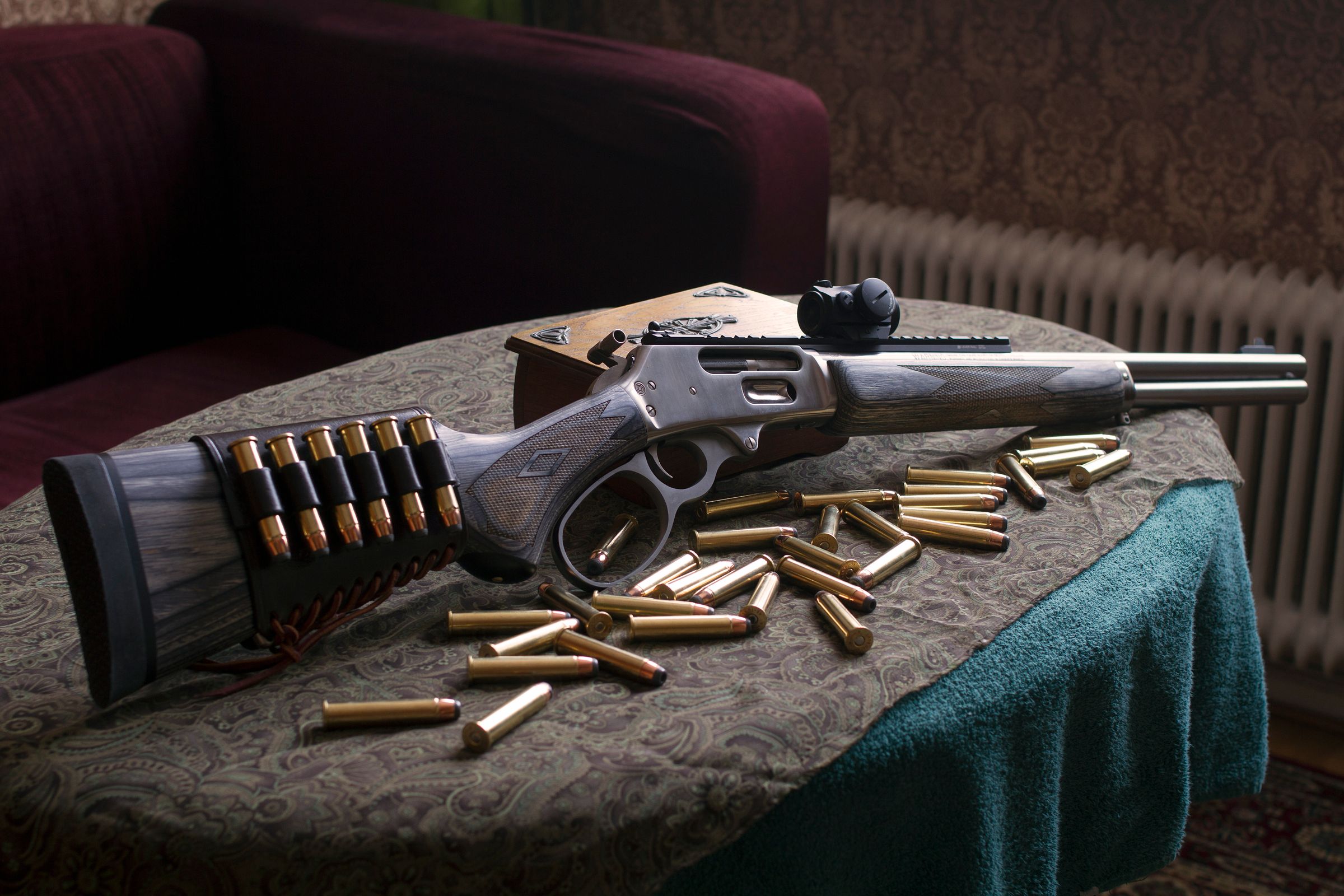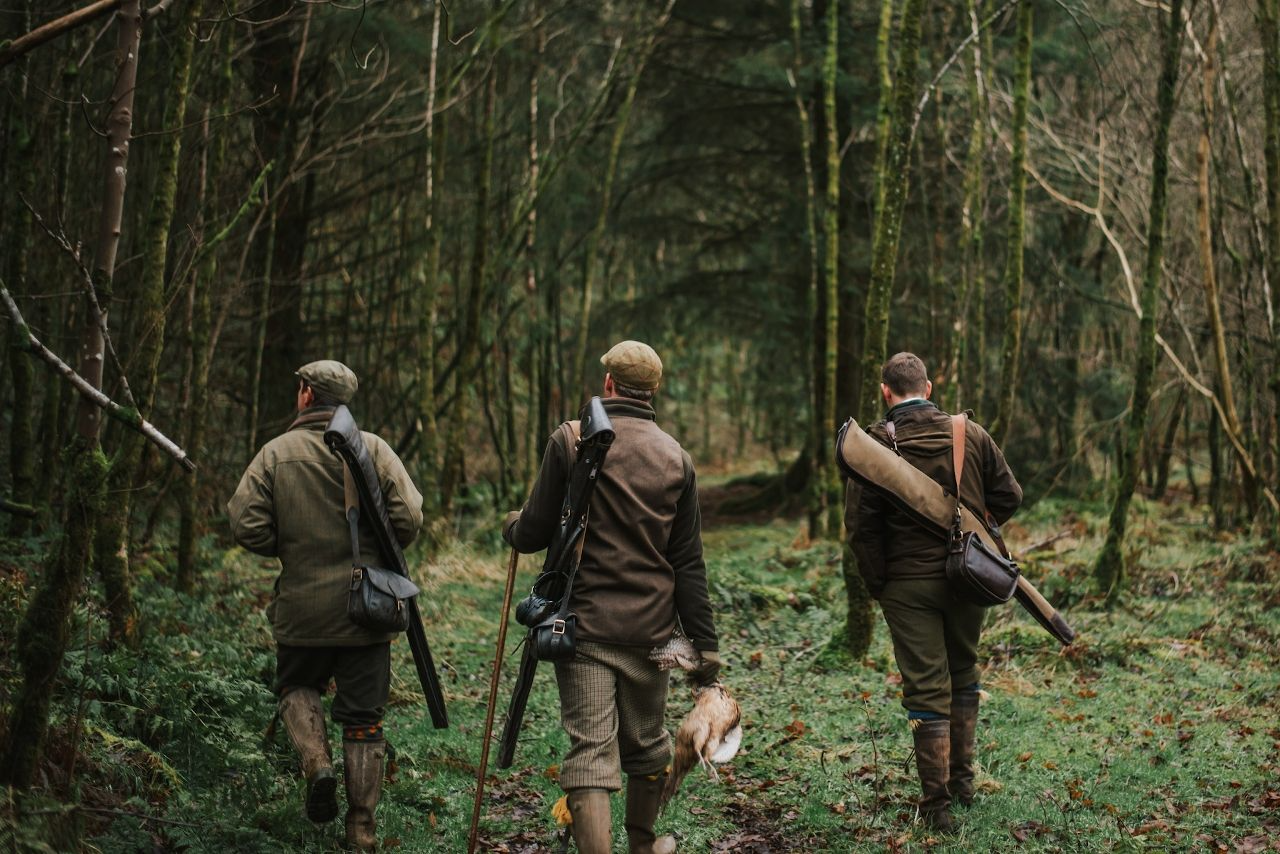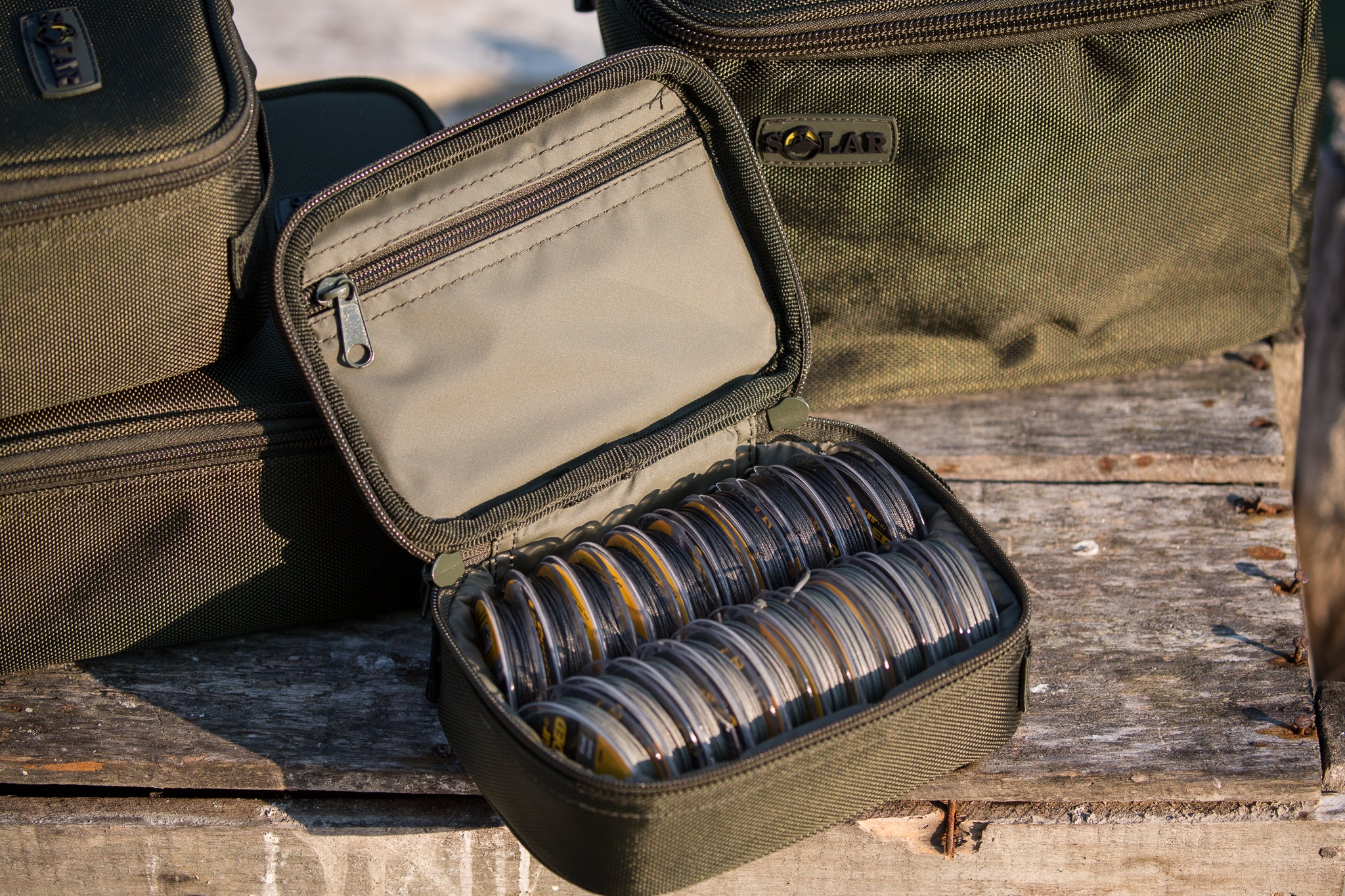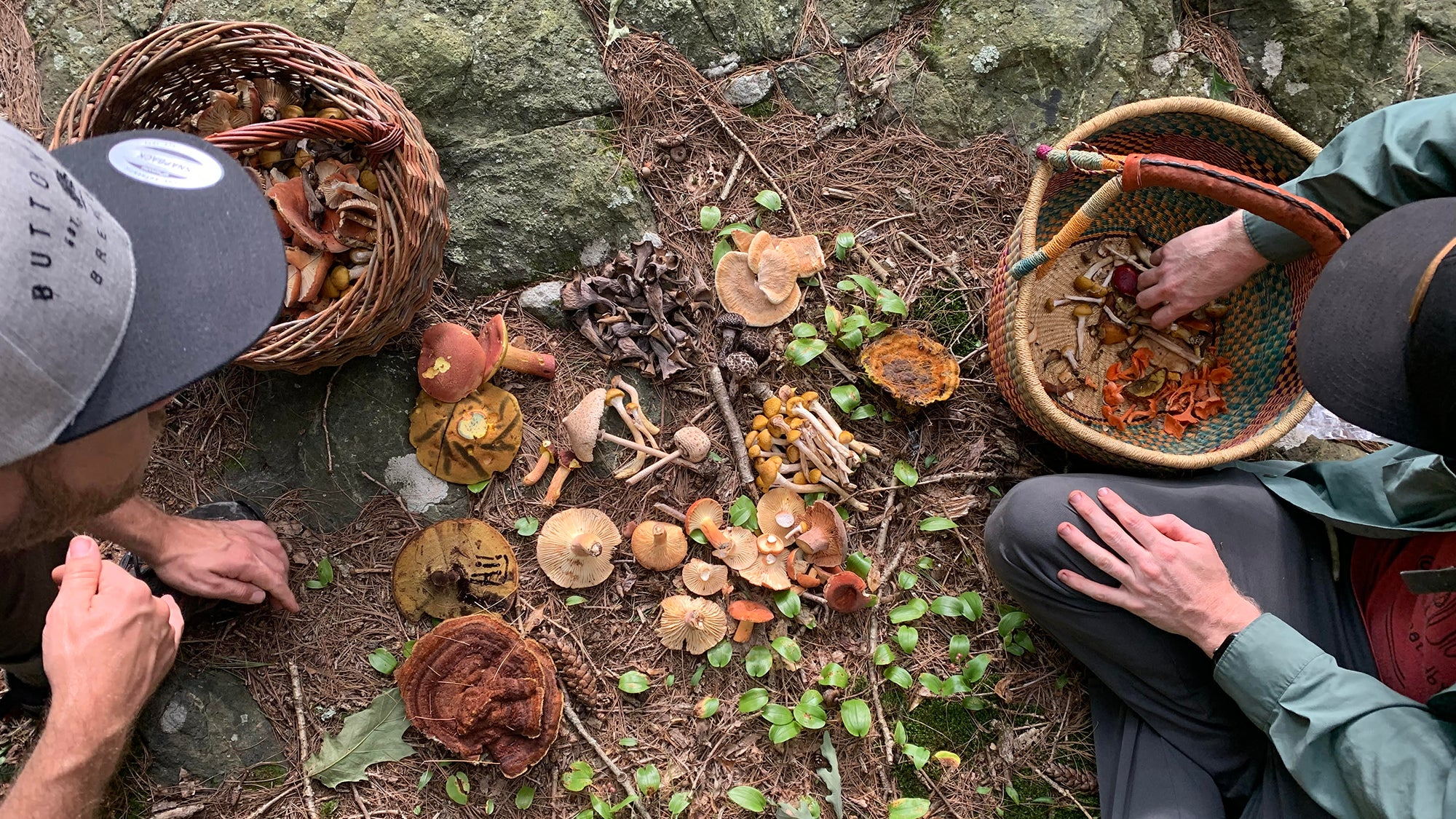How to choose the best mushroom hunting basket: materials, features & expert tips
Whether you're a seasoned forager or a weekend forest wanderer, the right mushroom hunting basket makes all the difference. A well-designed basket protects your finds, allows airflow, and makes your foraging trip more enjoyable and efficient. But not all baskets are created equal.
In this guide, we’ll walk you through how to choose the best mushroom hunting basket—including what materials to look for, must-have features, and expert tips from experienced mushroom hunters.
How to choose the best mushroom hunting basket: materials, features & expert tips
1. Why a mushroom basket is better than a bag?
Many beginners start with plastic bags or backpacks—but experienced foragers know: ventilation, structure, and accessibility are key.
Benefits of a proper foraging basket:
-
Protects delicate mushrooms from crushing
-
Allows spores to fall back into the forest through the basket slats
-
Offers better airflow, preventing mold or moisture buildup
-
Easier to organize your harvest without damaging fragile stems or caps
Pro tip: Using a structured basket supports sustainable foraging by encouraging natural spore dispersal.

2. Top basket materials (and their pros & cons)
The material of your basket affects weight, durability, and airflow.
Wicker (traditional wood or willow)
-
Excellent airflow and classic appearance
-
Durable and environmentally friendly
-
May absorb moisture if not treated
Best for: Traditionalists and those who want a timeless, natural look.
Rattan or cane
-
Lightweight and flexible
-
Very breathable
-
May be less sturdy for heavy loads
Best for: Long foraging walks or light mushroom harvests.
Mesh or net baskets
-
Modern, lightweight, breathable
-
Allows debris and spores to fall through
-
May lack structure for delicate mushrooms
Best for: Quick foraging sessions or pairing with belt systems.
Backpack-style baskets (wood & canvas or leather hybrids)
-
Combine durability and portability
-
Offer hands-free harvesting
-
Often have extra compartments for tools or snacks
Best for: Advanced foragers covering long distances or rugged terrain.
3. Essential features to look for
The ideal mushroom hunting basket goes beyond basic storage.
Rigid structure
-
Keeps mushrooms from getting crushed
-
Helps stack and organize different species
Open weave or ventilation
-
Allows airflow and helps spores escape
-
Prevents soggy or spoiled mushrooms
Lightweight build
-
Easy to carry for hours
-
Won’t add unnecessary strain
Comfortable handles or straps
-
Ergonomic grip or backpack-style harness
-
Reduces fatigue, especially with heavier hauls
Multiple compartments or removable inserts
-
Keeps species separated (ideal for ID later)
-
Adds organization for tools like knives or brushes

4. Expert tips for choosing the right basket
Match your basket to your terrain
-
Dense forest or uneven trails? Choose a hands-free backpack basket
-
Open meadows or close-to-home trips? A classic hand-carried basket may be perfect
Consider mushroom types
-
For large, delicate species like chanterelles or porcini, opt for structured baskets
-
For mixed-species hauls, look for divided compartments
Keep it easy to clean
-
Mushrooms can be messy—choose baskets with smooth interiors or wipeable liners
Test the weight before buying
-
A beautiful basket won’t help if it’s too heavy before you even start foraging
5. Bonus: accessories that make foraging easier
Pair your basket with a few essentials for the ultimate mushroom hunting setup:
-
Foraging knife with brush
-
Field guide or mushroom ID app
-
Breathable cotton or mesh bag (for overflow or poisonous species separation)
-
Gloves for handling unknown or spiny fungi
-
Notebook or logbook for tracking locations and findings
Final thought: choose the right basket, enjoy the right harvest
Your mushroom hunting basket isn’t just a container—it’s a tool of the craft, a piece of equipment that supports your sustainability, comfort, and success in the field.
Invest in a basket that fits your terrain, harvest style, and comfort needs—and you’ll return from each foraging trip with not just a bountiful haul, but a deeper connection to the forest floor.























